Agilent provides xCELLigence impedance-based, label-free, real time cell analysis system and NovoCyte flow cytometers.
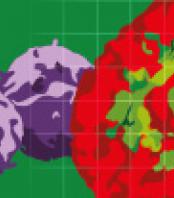
Automated microscopy and Spatial Proteomics
Real-time, label free cell analysis
Nano and micro particle analysis
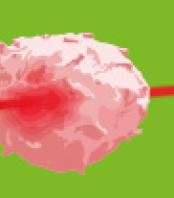
Accelerate to discover
Related topics
EV's and Nanoparticles in "Full Spectrum View" with the new Cytek ESP module

Jul 19, 2024
Cytek’s Enhanced Small Particle (ESP) Detection Option expands the capability of your Cytek Aurora or Cytek Northern...
Automatic, Real Time Acquisition of Bioluminescent Kinetic Curves
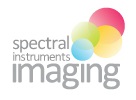
Jun 27, 2024
Watch this pre-recorded webinar with Dr. Andrew Van Praagh to learn how our new Aura software feature —Kinetics—...
Theranostics: From Mice to Men and Back
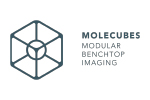
Jun 25, 2024
Recorded webinar
Presenters: Prof. Dr. Ken Herrmann and Prof. Dr. Katharina Lückerath – Moderator: Hannah Notebaert
Orion 2024 AACR poster: 17-plex single-step stain and imaging of cell Lung Carcinoma
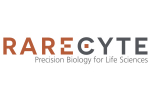
Jun 21, 2024
RareCyte Orion is a benchtop, high resolution, whole slide multimodal imaging instrument. A combination of quantitative...
New release now available: Cytek Amnis AI v3.0 Software

Jun 17, 2024
The new Cytek Amnis AI v3.0 image analysis software features an integrated transfer learning algorithm, an option to...
Cytek webinar: Imaging Flow Cytometry for Chromosomal Assessment in Hematological Malignancies

Jun 7, 2024
In this webinar, we will describe a new innovative approach we developed that resolves these limitations. The method...
Hypoxia in the Tumor Immune Microenvironment (TIME)

Jun 6, 2024
Thursday, 11 July 2024, 16:00 CET | 10:00 EST
Zaver M. Bhujwalla, PhD
X-RAD 320 for irradiation therapy during quantifying study for in vivo collagen reorganization

Jun 5, 2024
Quantifying in vivo collagen reorganization during immunotherapy in murine melanoma with second harmonic generation...

Nov 14, 2016
There are two approaches to studying cell proliferation. One is to observe changes in the cell cycle; the other is to follow the number of cell divisions over a period of time. In the first method, at the most, three cell divisions can be followed. We can measure proliferation through absolute cell counts or with a dye, such as CFSE. When cells labeled with CFSE divide, the dye is partitioned equally between daughter cells and we can measure the loss of CFSE fluorescence over time as the dye is continuously diluted. The mean fluorescence intensity (MFI) of the dye was also plotted with cell concentration over time to show the inverse relationship between the two. This type of assay is often used to look at changes in T lymphocyte activation.
Related technologies: Conventional flow cytometry
Get more info
Brand profile
Agilent provides xCELLigence impedance-based, label-free, real time cell analysis system and NovoCyte flow cytometers.
More info at:
www.aceabio.com